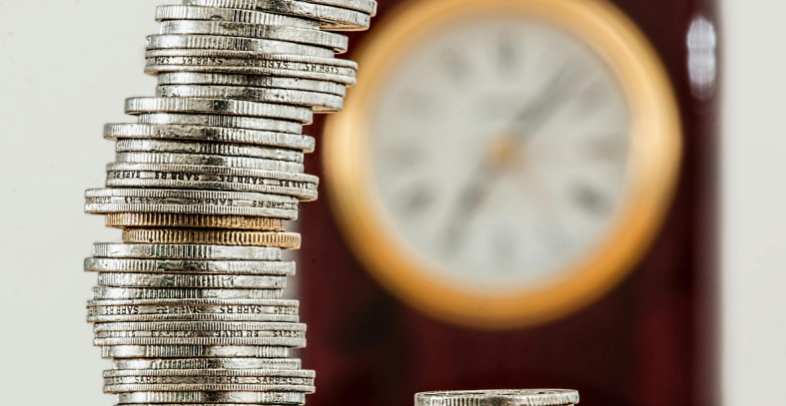Balancing Personal Finance and Lifestyle: Strategies for a Wealthy, Well-Lived Life
In an era where financial goals and quality of life often feel like competing priorities, especially among 20-40-year-olds navigating careers, family, and personal growth, the key lies in integrating smart financial habits with intentional living. This balance isn’t about deprivation; it’s about designing a lifestyle where money works for your long-term vision while allowing you to enjoy the present. Here’s how to align your finances with the life you want to lead.

1. Master Budgeting and Build Financial Resilience A budget is not a tool for scarcity but a roadmap for intentional spending. The 50/30/20 rule suggests allocating net income as follows: 50% to necessities, 30% to discretionary spending, and 20% to savings or debt repayment. This framework ensures you honor both immediate joys and future security—use apps like Mint to automate tracking and remove guesswork. Pair budgeting with an emergency fund: saving 3-6 months’ expenses acts as a safety net for unexpected costs, preventing financial setbacks. For debt, prioritize high-interest loans first (the avalanche method) to free up cash for what matters most.
2. Invest in Growth—for Today and Tomorrow True wealth includes personal and financial growth. Allocate part of your budget to experiences or skills that appreciate over time: a career course, a gym membership, or even a weekend trip to recharge. For financial investments, start small with low-fee index funds—consistency in your 20s and 30s leverages compound interest for long-term gains. Avoid lifestyle inflation by asking, “Does this purchase align with my values?” Quality and intention matter more than quantity: a few well-chosen items or experiences often deliver deeper satisfaction than impulse buys.

3.Prioritize Health: The Foundation of a Fulfilling Life Physical and mental health are non-negotiable for both productivity and happiness. Budget for nutritious food, affordable workouts (think free online routines or community classes), and mental health resources like therapy. Poor health drains finances through medical bills and lost productivity, making prevention a strategic financial move. A healthy lifestyle elevates well-being and sustains the energy required to pursue ambitions without hindrance.
4. Cultivate a Mindset of Balance, Not Perfection View finance as a life skill that supports your vision, not a restrictive checklist. Read books or follow influencers who blend practical advice with lifestyle balance—focus on strategies that feel sustainable, not overwhelming. Recognize incremental financial achievements—from debt reduction to savings benchmarks—while permitting occasional discretionary expenditures. Regularly revisit your budget to adjust for evolving goals, ensuring it remains a tool for freedom, not a source of stress.

Conclusion: Design a Life Where “Rich” Means More Than Money Balancing personal finance and lifestyle is a dynamic process, not a one-time fix. It requires intentional choices that honor both your present happiness and future security: budgeting with purpose, investing in growth, prioritizing health, and embracing a mindset of balance. The goal is not to hoard wealth but to use it to create a life that feels purposeful—one where financial discipline grants the freedom to take risks, nurture relationships, and pursue passions without anxiety. Start today with small steps: track your spending, set a tiny savings goal, or cut a unused subscription. Each financial decision cultivates an equilibrium where fiscal stability and personal fulfillment not only coexist, but mutually reinforce one another.
(Writer:Ganny)





